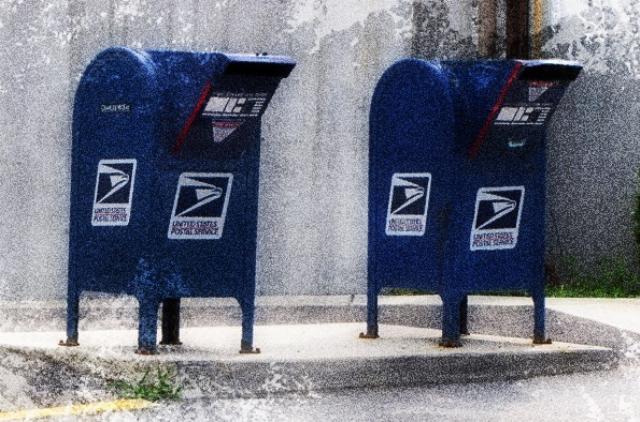FBI director Kash Patel recently sent an intelligence report to Senate Judiciary chairman Chuck Grassley. According to an article by John Solomon of Just the News, the report states that a confidential human source told the FBI that China’s Communist government
was shipping fake driver’s licenses to the United States to manufacture “tens of thousands of fraudulent mail-in votes” for Joe Biden[.]
Mail-in ballots are dangerously vulnerable to interference. Their very presence in large numbers is a threat to election integrity. Apparently, even officials in China know this. To understand why mail-in ballots are vulnerable, it helps to understand the steps each mail-in ballot goes through.
The processes for voting by mail vary by state. In most states, the voter applies for a mail-in ballot and may or may not need to provide a reason such as disability, illness, or being overseas in the military. In others, the government automatically sends mail-in ballots to everyone. (Bad idea. Really, really bad idea.) There are different deadlines for receipt of the mail-in ballot application and the completed ballot, as well as different procedures for processing the completed ballot once it arrives.
Knowing that there are variations, here is the basic process:
Locked rooms, verifications, date stamps — doesn’t this all sound good? Isn’t this proof of excellent safeguards? No, it is not.
The large number of steps involved in mail-in voting is an inherent part of the problem. This list, including the sub-items, totals 18 steps between the voter requesting a mail-in ballot and that ballot being cast. That’s 18 steps that can go wrong, 18 steps that are vulnerable to interference, and 18 steps that that can invalidate a vote.
Furthermore, this list doesn’t even include the processes that occur if a ballot is rejected, won’t go through a scanner or has another type of error. If you want to make yourself go cross-eyed, try reading the mail-in voting statutes of almost any state.
Voting by mail-in ballot also increases the number of people who handle a voter’s application and completed ballot after they have left the voter’s hands. This includes people who
In contrast to all of that, an in-person voter has the following steps:
The number of people who handle an in-person voter’s completed ballot before it is cast is — zero. None. Absolutely no person at all. This is absolutely, positively the best way to secure the integrity of any American’s vote.
It is also one of the best ways to secure the integrity of our elections. People who are truly unable to go to the polls and need to vote absentee represent a very small percentage of voters and therefore a very small absolute number of absentee ballots. This small number of absentee ballots makes it difficult for any ballot-tampering to swing the results of an election, because there simply aren’t enough of them.
The opposite was true in 2020. According to a study by the Massachusetts Institute of Technology (MIT) Election Data Science Lab, in 2018, mail-in ballots constituted about 22% of votes in America. In 2020, with COVID, it doubled to above 45%.
There were 154.6 million votes cast in 2020, which means 69.6 million of them were mail-in ballots. That is a tremendous number of ballots to be processed outside the voters’ hands, go through those 18 steps, and be handled by multiple volunteers and officials before they are cast.
The vast majority of election officials, judges, staff, and volunteers are honest people who want the finest election process, but it takes only a few dishonest actors in a battleground state, county, city, or town to alter the results of an election.
America must go back to requiring a legitimate reason to vote absentee. The inherent structure of the mail-in ballot process makes it a veritable playground for those dishonest actors who want to commit election interference.

Image: Ben Schumin via Flickr, CC BY-SA 2.0.
Source link

